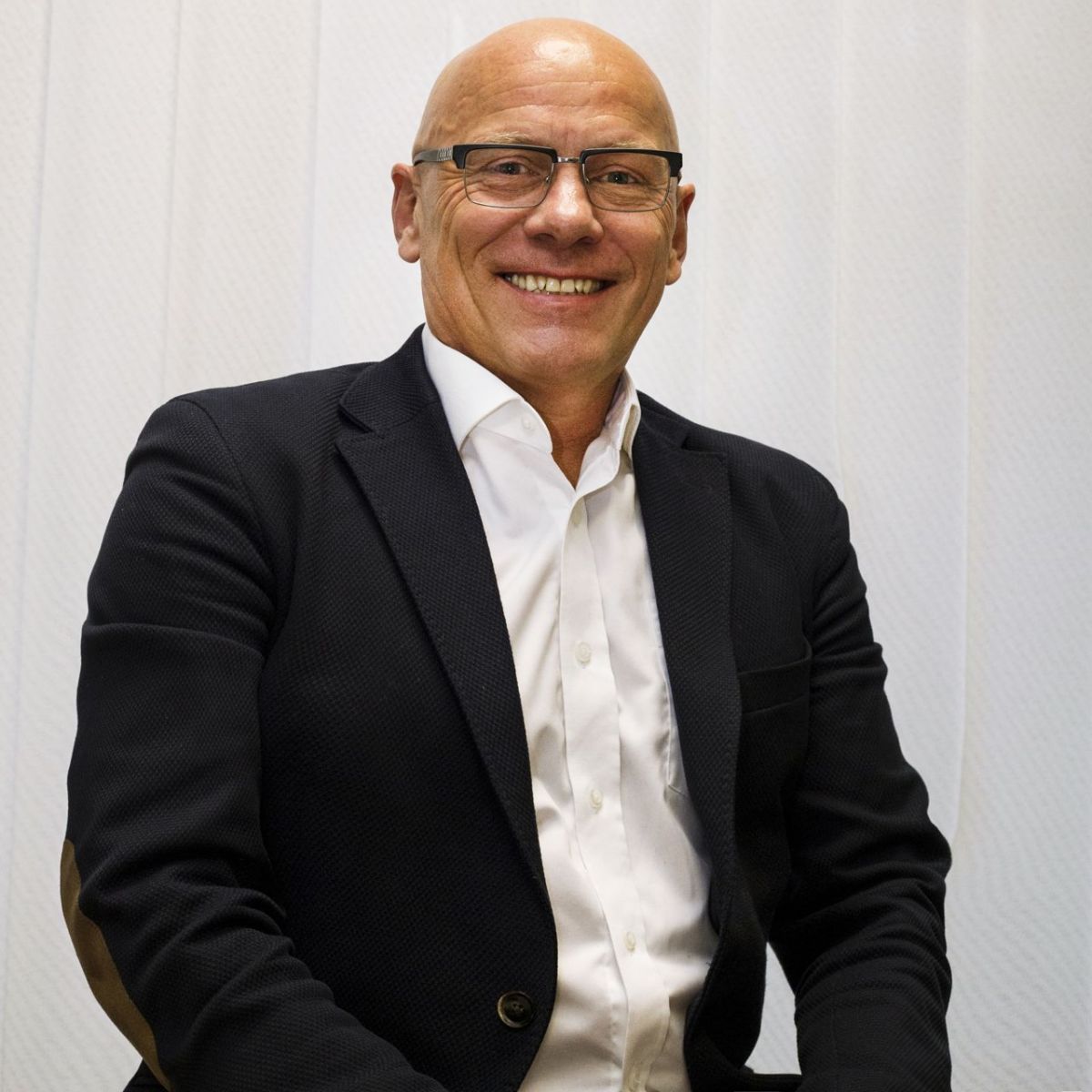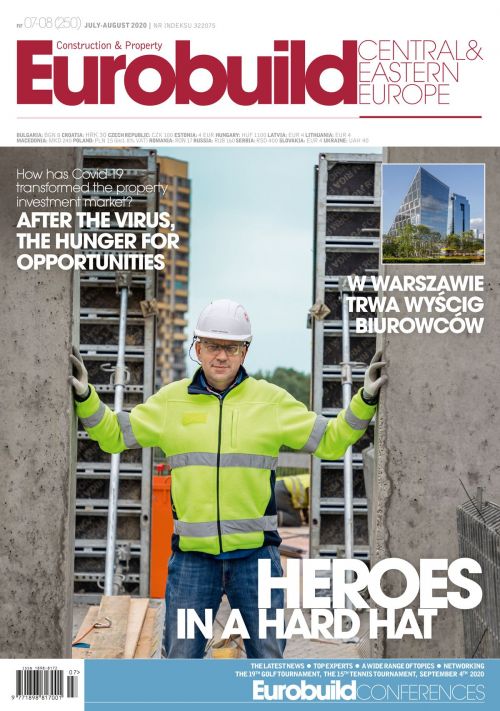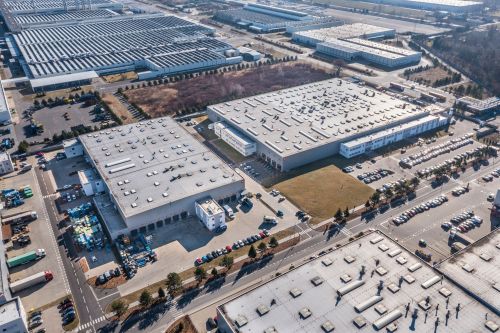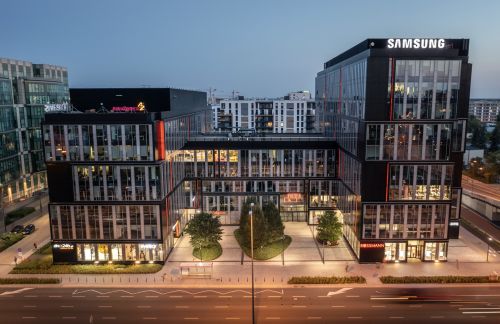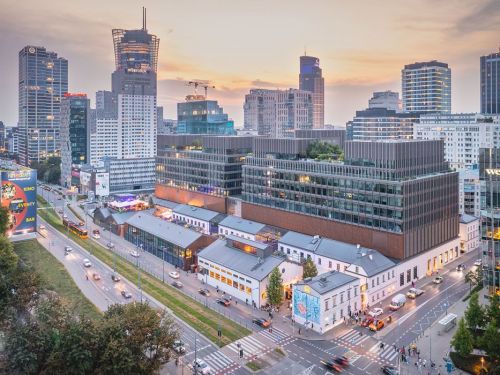Nathan North, ‘Eurobuild CEE’: New Work was established in 2012 – which meant you were on the scene in Hungary and the CEE region relatively early in the history of serviced offices and co-working.
Hubert Abt, CEO, New Work: Actually, the serviced offices concept has existed since 1964 and Regus picked up the trend in 1988. WeWork came on the scene very late, introducing its co-working format in 2008/09. No one had even heard about co-working before, but because of WeWork it received the best possible marketing.
What inspired you to start this business? And how did you start it?
We came out of the crisis in 2008 and were thinking about how we could diversify our income and that a different model was needed, which led us into serviced offices. So we established our first location in Budapest. Now we have commitments to 75,000 sqm in five countries and nine cities. However, the real figure is smaller as the commitments are for the end of the year. The Covid-19 cri
